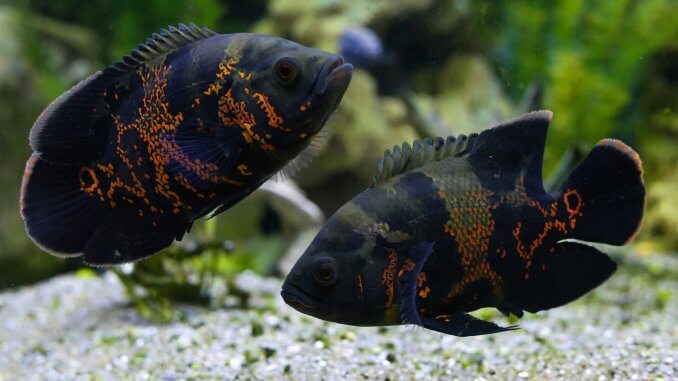
The incredible appearance and large size of Oscar fish have quickly elevated these species into the spotlight. If schooling fish are just not for you, then look no further!
They are often described as very intelligent and interesting fish. You will undoubtedly notice how smart these fish are.
The seemingly endless color variety only adds to the excitement.
Oscars aren’t likely to cause any trouble as they are pretty easy fish to keep.
Keep reading to find out the 10 best types of Oscar fish – from the best colors to the best temperaments for beginners, we’ve got you covered.
TABLE OF CONTENTS
All About Oscar Fish
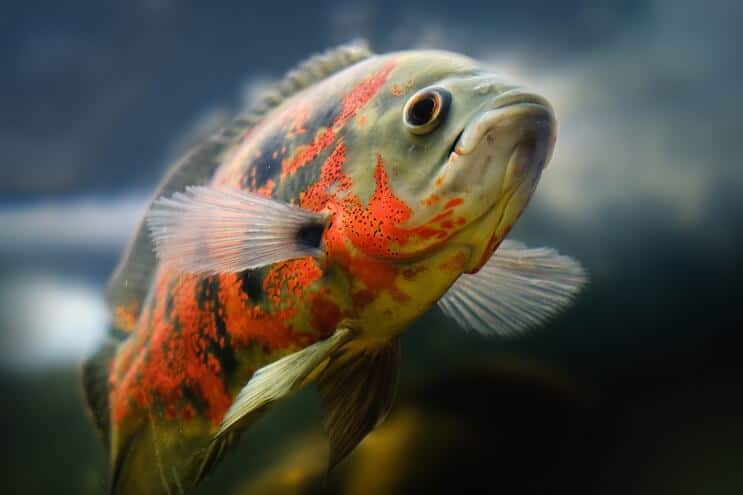
The Oscar Fish (Astronotus ocellatus) is a type of cichlid and a member of the Cichlidae family.
Although there is an enormous selection of Oscars available today, originally there were only three ‘parental’ types of Red, Albino, and Tiger Oscar fish. All these variations are the products of cross-breeding.
This species was first described in 1831. They originate from the Amazon River basin, Paraná River, Paraguay River, and Rio Negro. Since then they have been introduced to other parts of the world, including the US, China and Australia.
For example in the US, you can find them in states such as Florida, largely due to the pleasant climate.
In their native South America, these fish are considered important for commercial fisheries and the taste of their meat is highly valued.
These fish have long been regarded as intelligent animals. After they have gotten used to their new setting and feel comfortable in the aquarium, they start to get curious.
They can swim closer to the wall of the tank and just float there carefully looking at you doing something. You will still notice that these fish have a character of their own.
Their personality, in addition to the huge color variety, helps make Oscars one of the most popular freshwater fish around.
If you want to buy this fish, you won’t have any problems finding one – you can buy them from the local store, breeders or order online.
We would advise you to pay a visit to your local pet stores before ordering anything online. That way you will be able to spot if something is wrong with the fish. For example, if their coloring seems dull or they have signs of inflammation on the skin.
All this can be spotted right away in person. Something that can’t be said about online stores where sellers often show only the prettiest pictures of fish.
Types of Oscar Fish
Tiger Oscar
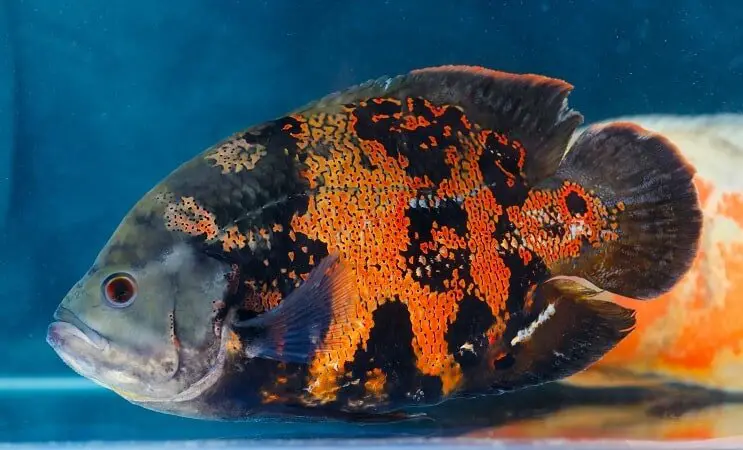
The Tiger Oscar is one of the most popular types around. This fabulous variety can be distinguished by the pattern on their skin, resembling that of a tiger.
Usually this pattern is near the tail, but sometimes it covers the whole body.
Most of their body is black with a bright reddish or orange pattern. Sometimes they have dark bands towards the end of their body. This colorful combination makes it seem like a live lava rock is swimming in your tank – a true beauty.
As for the size, they can grow up to 12-15 inches.
Red Oscar
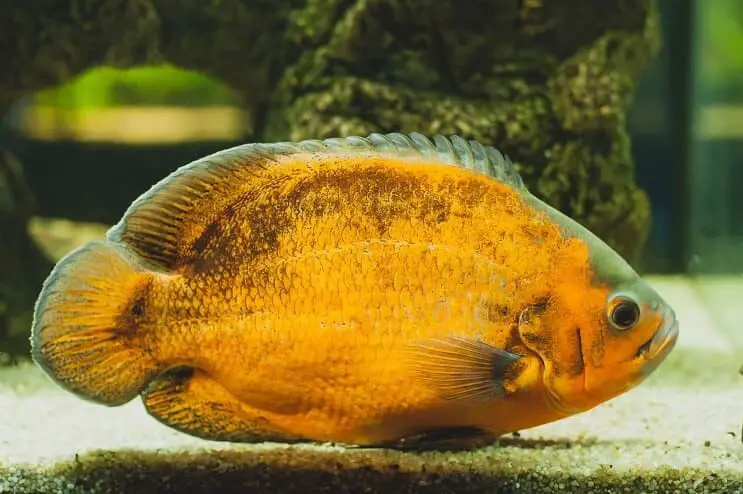
Another iconic type, the Red Oscar can be identified by their beautiful two-colored appearance. Their coloring is a nice mix of black and fiery red. The two colors merge somewhere around their back and the transition is almost seamless.
Their fins will also be black most of the time. Just like the Tiger Oscar, their eyes will have an orange rim and slightly protrude above the head.
Their size is common for Oscars, with their range being 12-15 inches.
Albino Oscar
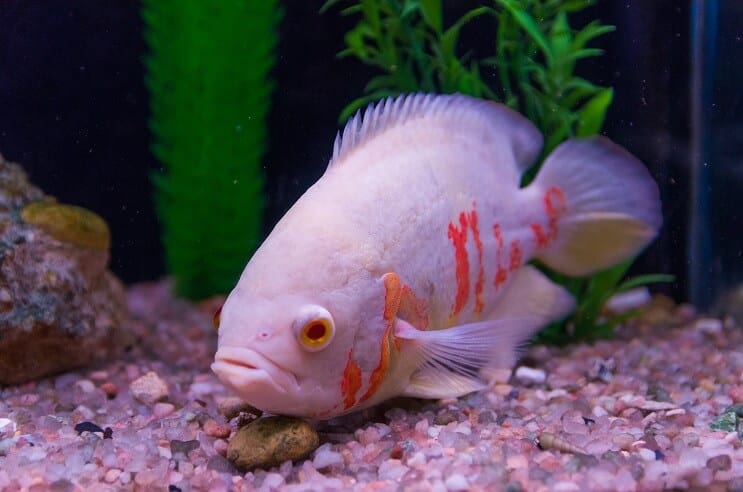
The last of the three parental types, Albino Oscars are almost entirely white with the exception of their pattern. They have a closely intertwined orange/red lattice that is usually found towards the end of the body.
The density and complexity of the pattern varies from individual to individual. None are the same, and that is what makes this species so exciting.
Although you might hear that this type without any mixed in colors are valued higher, it’s very subjective and it’s hard to argue which one looks the best.
Blue Oscar
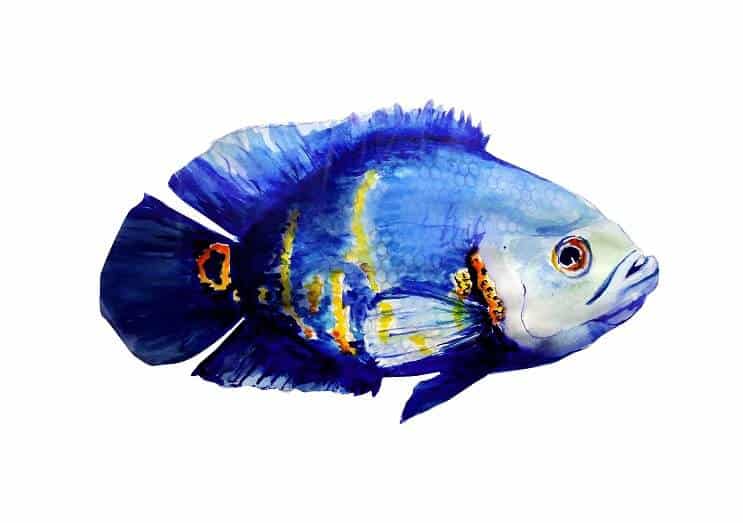
Now we move on to the crossbred variations.
First up is the Blue Oscar, a majestic looking fish whose body is almost entirely covered in contrasting shades of blue. They too have a pattern on their body but this one is a bit different from the rest.
Their pattern looks more like a connected system of channels filled with bright blue colors rather than a disjointed mesh-like appearance. Their scales have a dark blue lining, which makes them stand out.
The Blue Oscar Fish has a couple of variations itself. All the differences boil down to the shades of blue and structure of the pattern.
Black Oscar
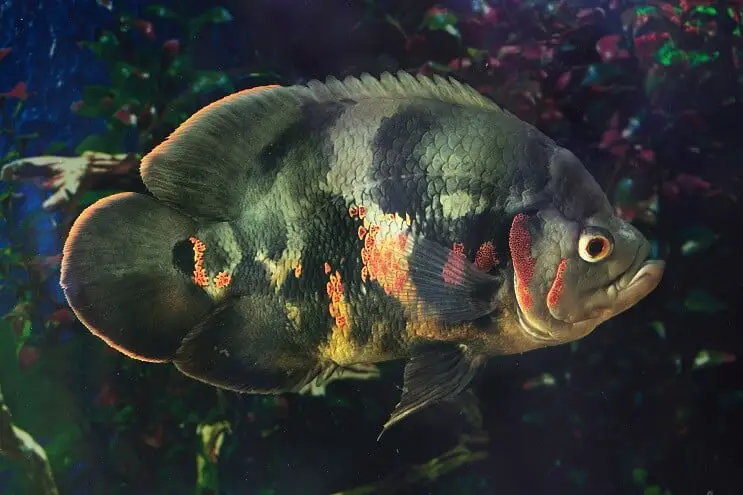
Pretty simple but nevertheless stunning, Black Oscar fish is one of the best-looking fish out there. Their coloring is mainly black with light bands running across their body. Some specimens might also have a lighter belly as well.
They can also have the exact same tiger-like pattern decorating their scales. Once again, their pattern varies from fish to fish.
Their fins are fully black and their eyes have an orange rim.
Florida Oscar
As we have already mentioned, Oscars have been successfully introduced to multiple parts of the world. One of these places is Florida – they even have their own variety now!
The Florida Oscar fish looks similar to the Tiger variant and they also have an easily recognizable pattern.
Because these fish live in the wild, their appearance is largely influenced by the consistency and quality of what they eat. This is where all the variations come from: poor quality water and food means that the coloring will start to deteriorate with time.
White Oscar
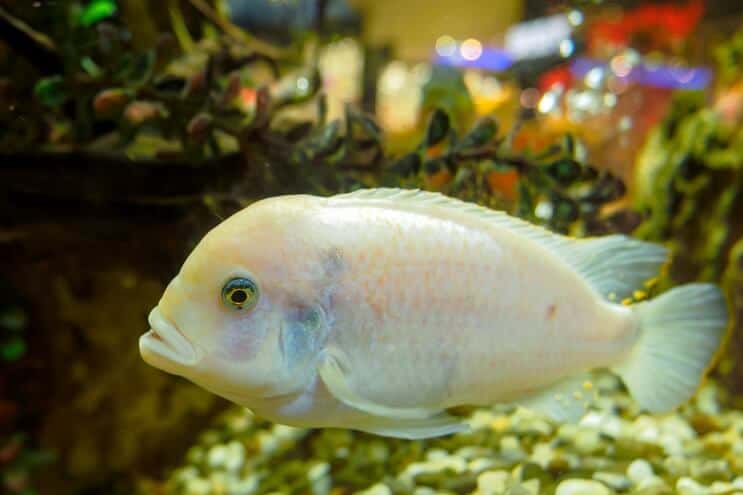
Lookalikes of the Albinos, White Oscars have lost the iconic orange coloration and ended up with a pale shade of pink. This color nicely blends in with the rest of their body and makes it look almost like these fish are white from head to tail.
They look wonderful on any kind of background and any type of substrate, whether it’s dark or white.
Green Oscar
As surreal as it sounds, Green Oscars might just be the most extravagant of all types.
Their body is mainly green with other colors mixed in (mainly black and yellow). This type has an amazing variety of different patterns and coloration.
Usually though, they have a couple of dark green bands on their body and yellow-colored scales. Sometimes you see fish that have yellow circles with a dark core on their skin. This is just one example of the unique patterns you might find with this fish.
Veil Tail Oscar

Veil Tail Oscars have become a separate type due to their long, almost see-through threadlike tail. Although their coloration may vary, the majority of fish will be black and orange/reddish.
Their tail will be covered in easily distinguishable bright orange spots that can reach as far up as their head. You will also see fish with orange lines running across their body (as opposed to dots).
Whenever they expand their tail, it easily becomes one of the most beautiful features of this type of Oscar fish.
Lemon Oscar
If you see the Lemon Oscar at a pet store, their modest but interesting appearance might confuse you for another Albino or White variety. However, this is not the case – just like their name suggests, these fish have a yellow gradient on a mainly white body.
Some of the specimens would have a really saturated yellow coloring and some would have bright yellow patterns on their skin.
Ultimately, it all comes down to how well they are being looked after, and whether the water conditions in the tank are being well maintained.
Interesting Facts About Oscar Fish
How Long Do Oscar Fish Live?
Oscars can live up to 10 years and longer if their tank is kept clean.
Remember, the lifespan of any fish heavily depends on the consistency of water parameters, diet, their tank mates and the size of the tank they are kept in.
How Big Do Oscars Get?
Oscar fish can grow up to 12-15 inches in an aquarium. In the wild, this number is even larger.
Their size is determined by the quality of their diet, environment, and the size of the tank.
How Much Do Oscar Fish Cost?
When it comes to price, these fish are definitely not the cheapest.
These fish vary in price from $8 to as much as $100. The type and size of the fish also plays an important role in determining their cost.
Pictures of Oscar Fish
Summary
The popularity of these beautiful fish can probably only be rivalled by Bettas or Goldfish.
It’s not just their color that attracts people to these species, it’s the enormous diversity found within them.
After years of cross breeding, the number of varieties has grown considerably.
Whether it’s peaceful green or a vivid red color, whatever your preferences are, there is an Oscar fish for you.
What type of Oscar fish is your favorite? Let us know in the comments section below…






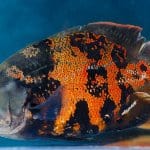




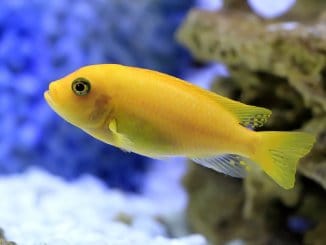


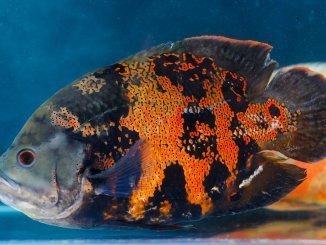

Where do i buy a blue oscar from
Are there any smaller Oscars (in the 1-2″) size? I seem to remember such Oscars as a child (maybe due to small tank size (1.5’×1′). I recall that they would always fight each other. If we went on a family vacation my parents would put in a divider with holes and they would invariably knock it down so they could fight. I seem to remember that they had protruding eyes also.
I have 5 kinds of oscar (Tiger, Albino, Lemon, Red and the one they called Copper Oscar… How I wish to have a blue and greem oscar… But it’s impossible to find ithere in the Phillipines. Ordering it online/abroad would be too expensive ???
I have 5 Oscar’s fish and they love each other get along great together I can’t put any more in because their big fish now no more space.